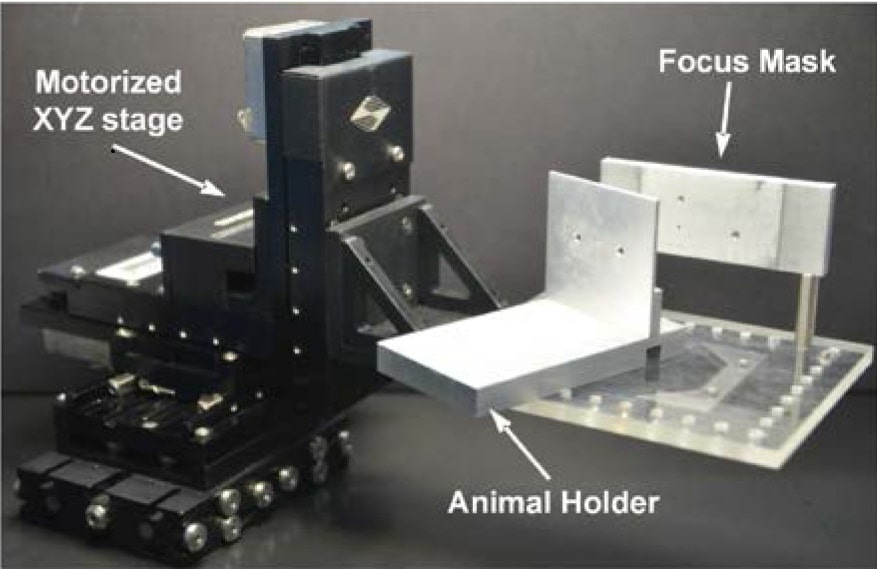
In a premiere study on the effects of teraherz waves on living organisms, scientists in Korea have observed heightened skin inflammation in mice exposed to strong terahertz waves, signaling the potentially dangerous side effects of these waves in other living beings, such as humans.
Terahertz wavelengths, located between infrared waves and microwaves on the electromagnetic spectrum, have proven useful in such diverse areas as medical imaging, scientific research, wireless communication and even security screening. Emitting relatively low energy, they are considered less harmful to human DNA than X-rays, and are seen as a potentially safer, non-invasive method of detecting cancer in epithelial cells.
However, the full impact of THz waves on living organisms has not been thoroughly examined, as only artificially-cultured cells have been used in studies thus far.
To fill this gap in THz research, a team of scientists led by Professor Philhan Kim from Korea’s Advanced Institute of Science and Technology (KAIST) Graduate School of Nanoscience and Technology, and Young-wook Jeong, Ph.D., from Korea’s Atomic Energy Research Institute (KAERI), studied the effects of THz waves on live mice.
The study, “First Instance of Negative Effects from Terahertz-Range Electromagnetic Waves,” published in Optics Express, used high-powered Thz-generator that emitted, as stated in a recent press release, “up to 10 times greater power than currently used telecommunications EM-wave[s].” The team also developed a custom high-speed, high-resolution scanning microscope to observe changes within living cells.
The ears of anesthetized mice were subjected to “a pulsed THz wave (2.7 THz, 4 μs pulsewidth, 61.4 μJ per pulse, 3 Hz repetition) with an average power of 260 mW/cm2,” for 30 minutes. Scientists found that after six hours following exposure to THz waves, the mice had six times the normal amount of inflammation in their irradiated ear dermis, which was saturated with Gr-1+ neutrophils, the white blood cells that first respond to inflammation.
The study also observed that this accumulation of inflamed cells was accompanied by “no observable changes in the skin structure,” suggesting that “an acute inflammatory response can be initiated without structural disruption in the skin by pulsed THz wave irradiation,” and that “THz wave irradiation on live tissue in in vivo conditions can possibly trigger various unexpected dynamic responses that were not mimicked in the simplified in vitro conditions.”
The study concluded that “this process needs to be investigated further and characterized for potential future biomedical applications.”
As the first of its kind to identify the negative side effects of THz waves on living organisms, the study represents a pressing need to further examine the safety of THz technology.
“The research has set a standard for how we can use the terahertz EM-wave safely,” Kim said. “We will use this research to analyze and understand the effects of other EM-waves on organisms.”
–Melanie Abeygunawardana






